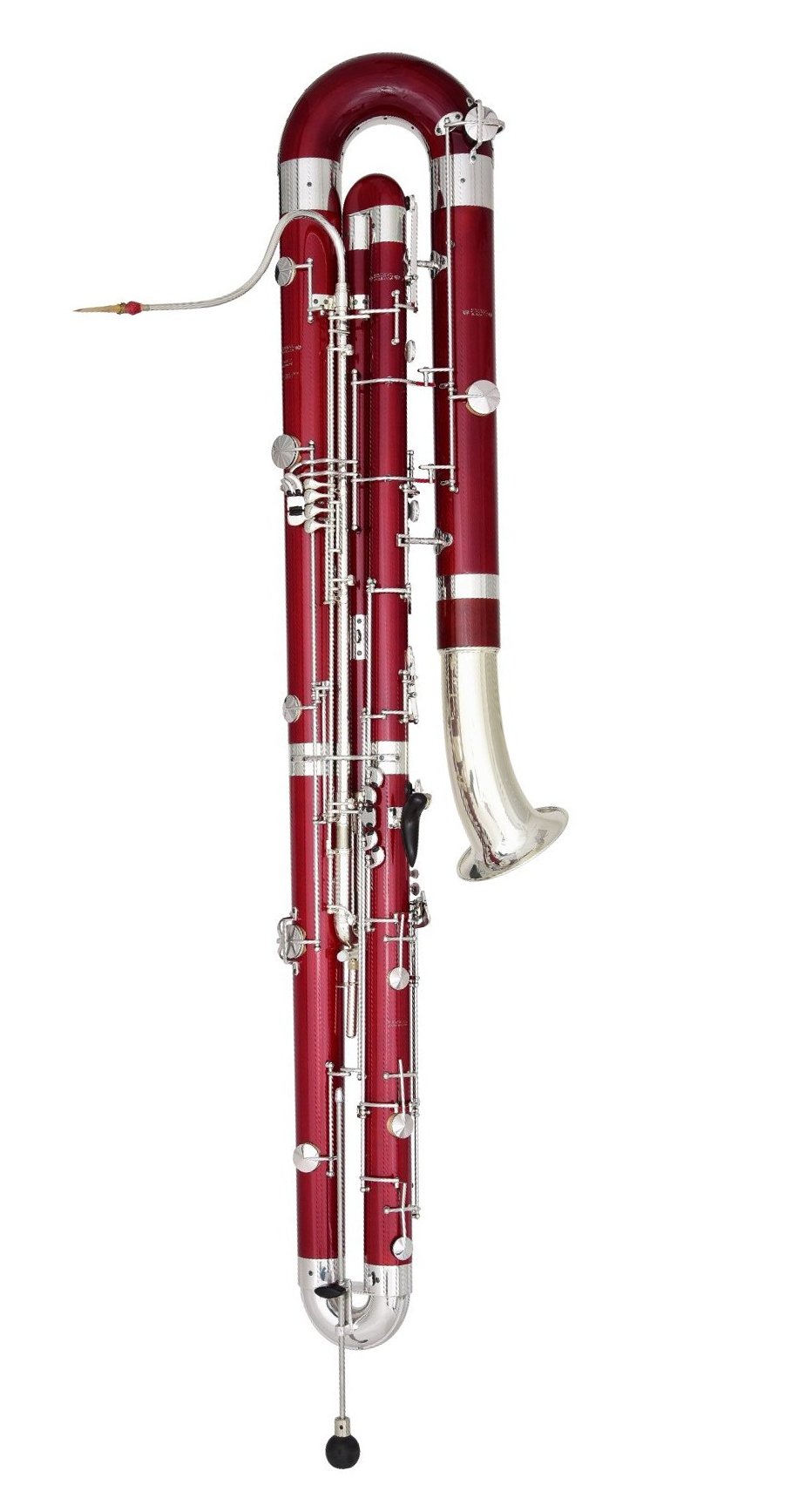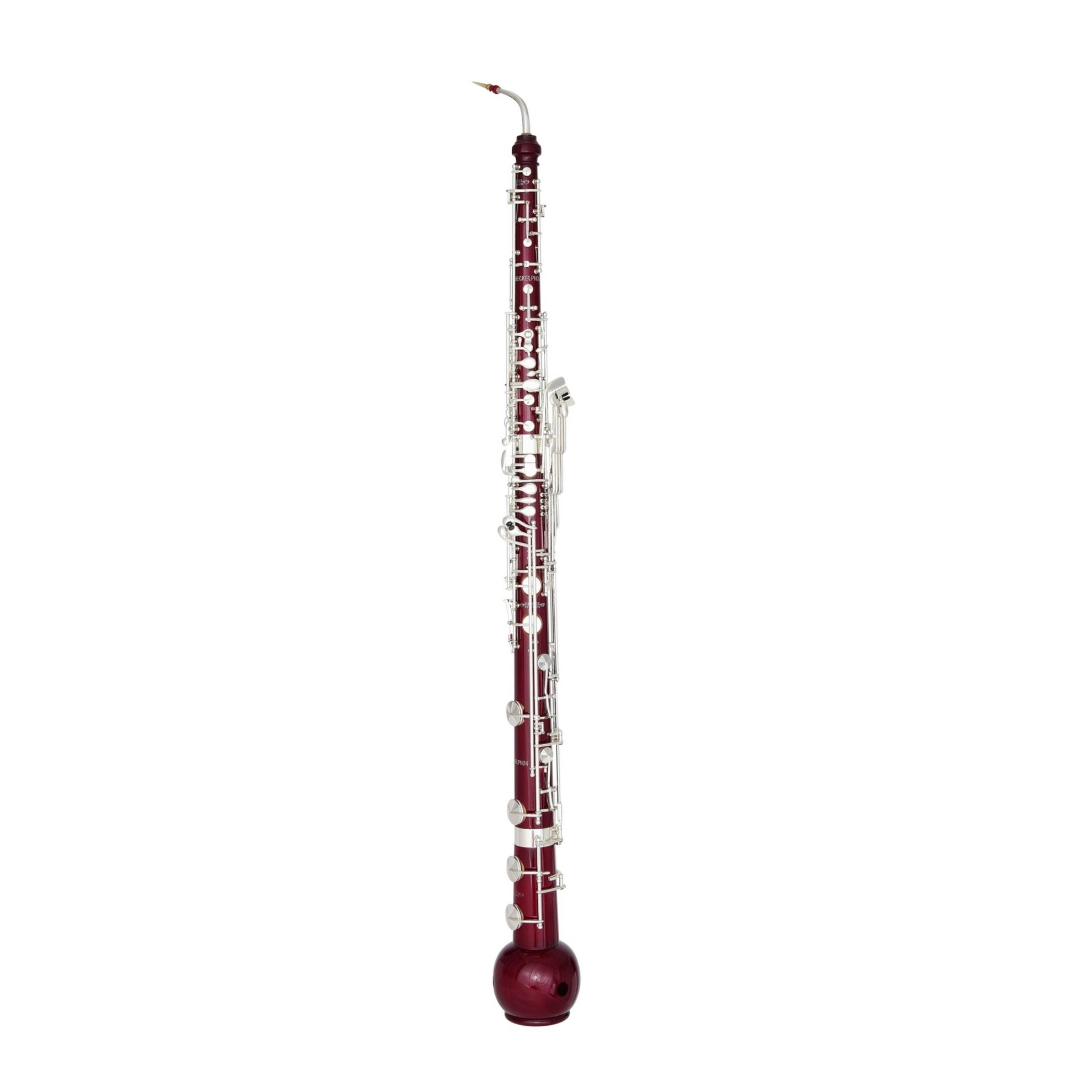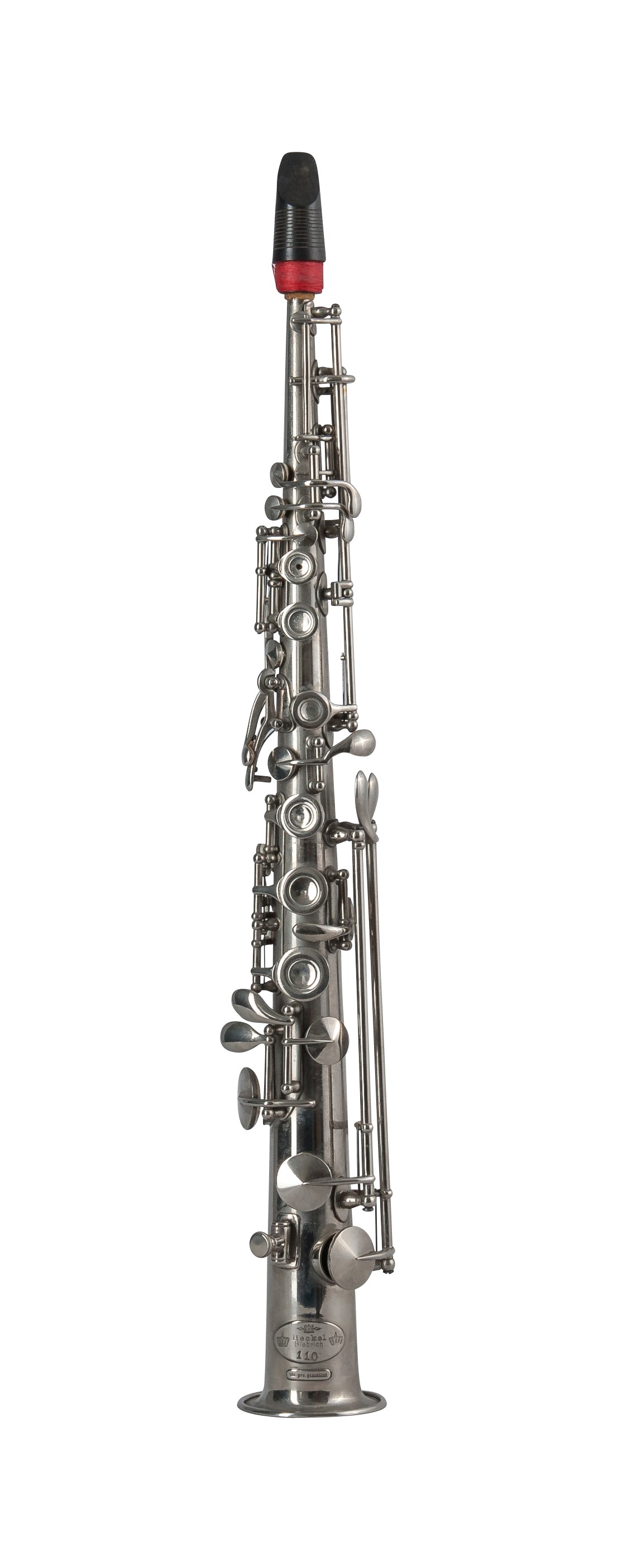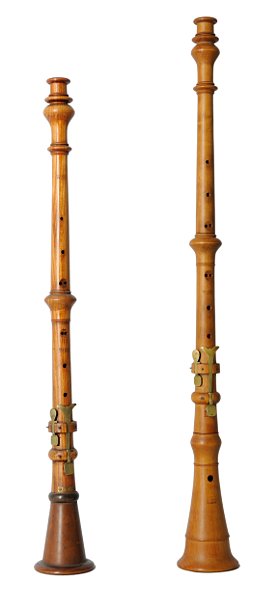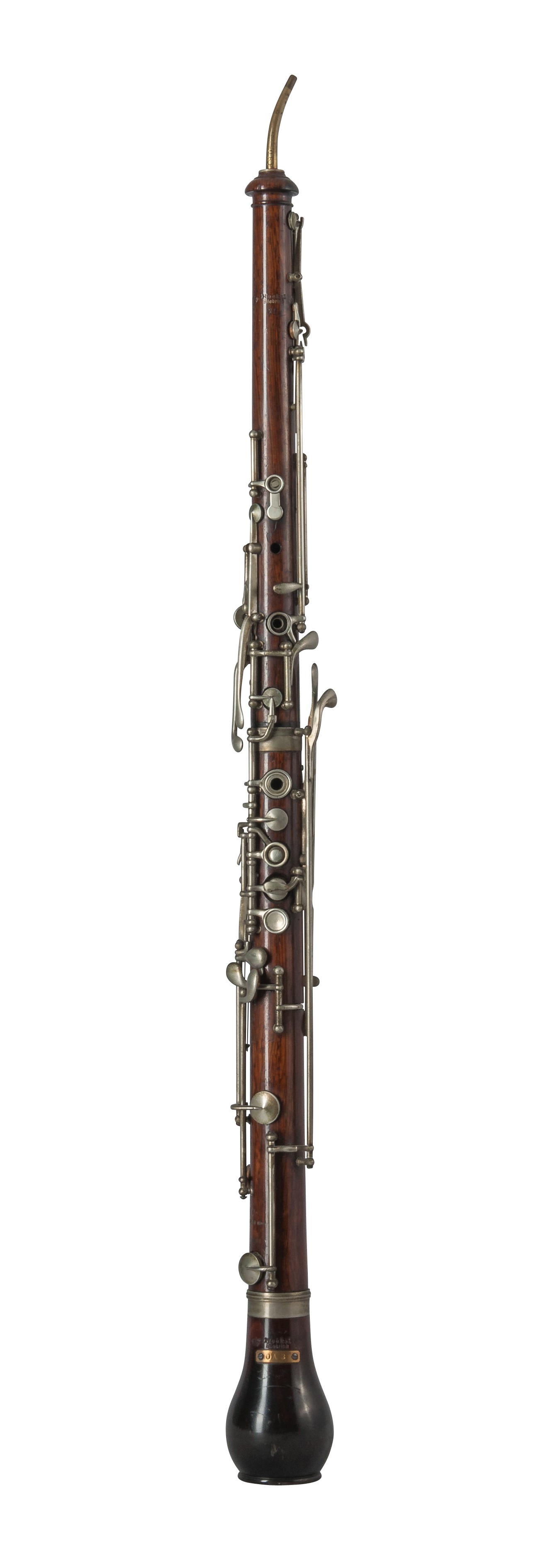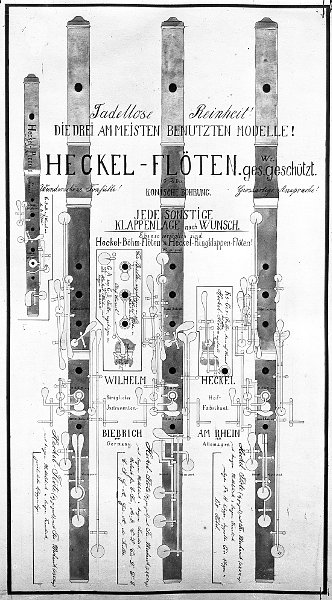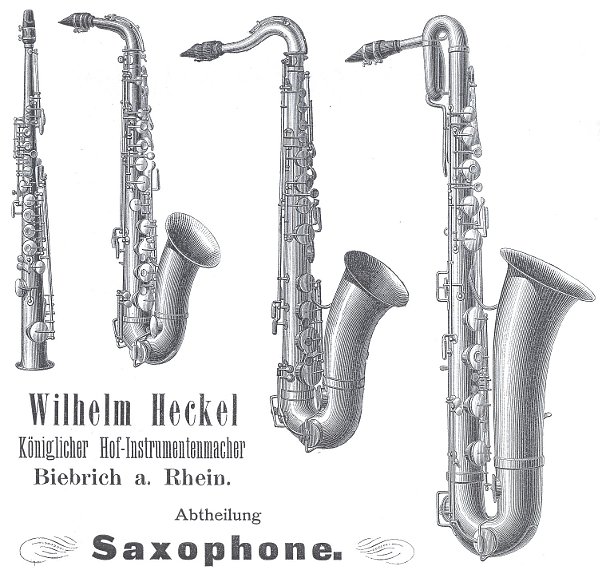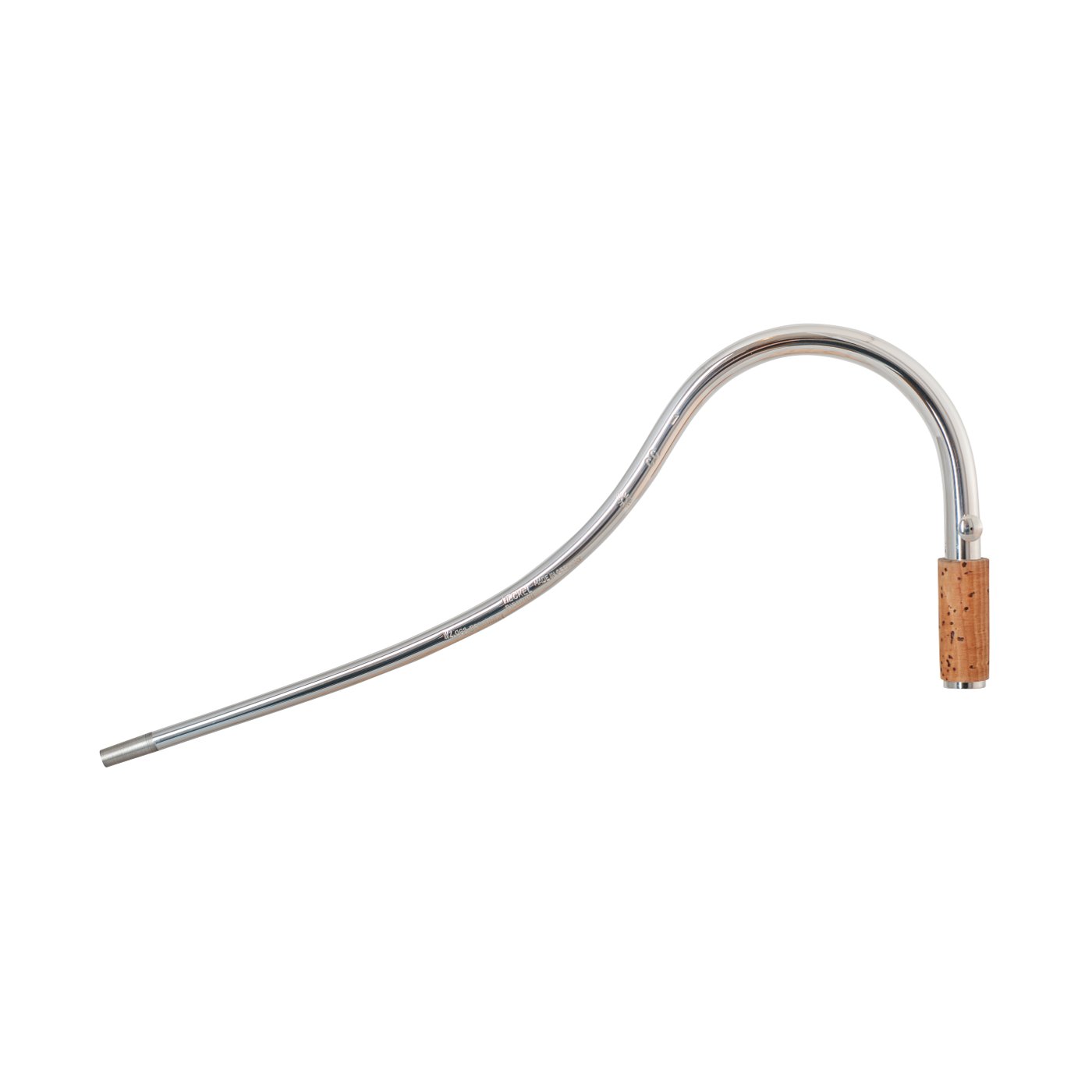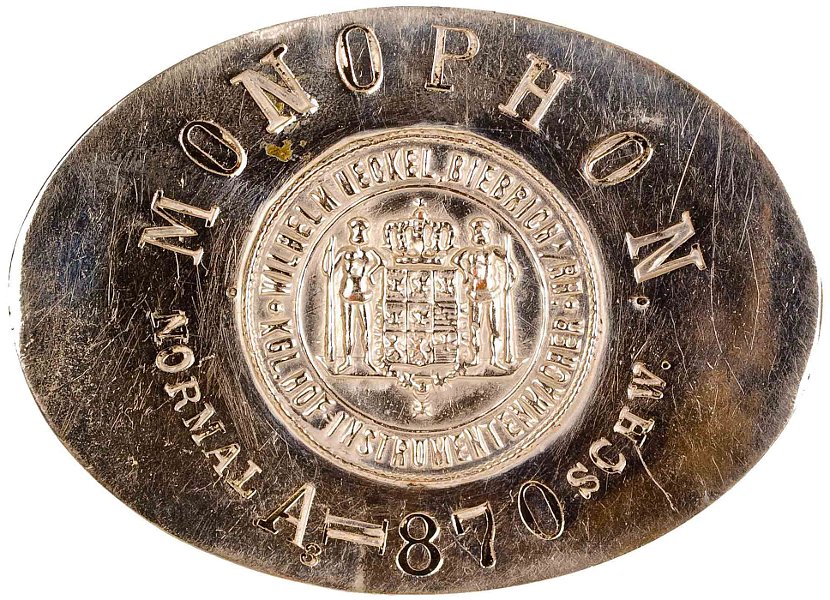The name bassoon dates back to the 13th century. Here it appeared for the first time in the old French word fagot, which means bundle or brushwood bundle. It can be concluded that the bassoon was named after its construction, because the individual parts of the instrument can be put together like a bundle. In Italian, the term fagotto with the same meaning, can only be evidenced from about the year 1500. One of the earliest records of the German bassoon can be found in an inventory of musical instruments from 1566. In this inventory and in the descriptions of the composer and scholar Michael Praetorius, the bassoon was always referred to as a male instrument. It was not until the 19th century that the bassoon became more and more popular in bourgeois parlance. Today, both terms are applicable.
The precursor of today’s double reed instruments is the bass pommer, bombardo or bombarde, commonly used in the 16th century. This is an eight feet long woodwind instrument with a double reed from the shawm family. The pommer consists of a long, straight-lined wooden joint with a strong conical bore, which gives it a harder sound. It also has a bell and nine tone holes, of which at least one tone hole is covered with a key. The range of the bass pommer is from C2 to B3. This instrument, which was gradually replaced, is still considered the original type of bassoon.
In addition to the bass pommer, the bassoon, however, developed mainly from the dulcian, also called dolcian. The dulcian, unlike the pommer, consists of a long, double-holed piece of wood with two adjacent air channels, similar to the boot joint of today’s bassoon. Usually, on the side of the long joint there is also a short, very wide drilled bell, whose upper end is normally closed by a perforated capsule for sound attenuation. As the name suggests, the dulcian sounds nobler and rounder than the bass pommer, because of its gently rising bore (Italian dolce – sweet). The tone colour is also more subdued and adaptable than that of the bass pommer, which was favoured in earlier instrumental music at the beginning of the 17th century. The pitch range of the dulcian corresponds to that of the pommer, however it can reach D4 at its highest tone, possibly even G4. The connector between the instrument body and mouthpiece is a curved, conical metal tube, which is similar to today’s S-bocal. Since the tube is not capable of shading, the sound generated is much more like a buzz, humming or whirring. To date, the dulcian is considered the direct predecessor to the bassoon.
The development from the dulcian to today’s four-part bassoon took place in several stages and was not completed until the second half of the 17th century. The background to this change was not just the fact that it was easier for musicians to transport the instruments if they could be split into sections, but above all that drilling could be done precisely in shorter pieces of wood. While the dulcian was still equipped with two keys the first bassoon already had F, D and C keys. The later addition of a G# key laid the foundation for the hand position used while playing the instrument today.
Even in the 18th century the bassoon was constantly evolving and the quality being refined. Additional keys were added, such as the F, A♭, and E♭ keys, as well as the later development of the binding key, whereby the B4, C5, C#5, D5 and D#5 could be achieved. At that time the bassoon had already become a much-loved and indispensable part in the orchestra.
At the beginning of the 19th century, instrumental music was constantly perfected. This led to an ever-increasing occupation of the orchestra, ever-increasing demands on the musicians, and higher demands on the instrument makers. In addition, this period was marked by general confidence in progress and the use of science-based research in the field of acoustics. This was followed by constant experimentation and testing, with the aim of constructing the perfect bassoon.
The instrument makers Carl Almenräder and Johann Adam Heckel undertook their joint company venture in 1831 and the J. A. Heckel and Carl Almenräder bassoon factory was established. They revolutionised the design of the bassoon with the so-called Heckel system, which is still used by almost all bassoon manufacturers worldwide.
The main focus of Almenräder and Heckel was on the uniform sound strength and purity of the tones, which was achieved by a significant change in the bore and key mechanism. The significant achievements of the Heckel-Almenräder bassoon were also the large, even tone, a light and specific response, and a spanning range of almost four octaves.
Another fundamental change to the bassoon was the U-tube on the boot joint. Previously there was a cork stopper, which was very cumbersome when cleaning. This was replaced by a curved semicircle, cast tube which was soldered to plate which could slide or be pushed. In addition, a B key was attached to the boot joint, with the aim of obtaining a good B. The attachment of a B1 key and a deep C# key were among Almenräder’s and Heckel’s other revisions. In addition, the tone hole of the deep F was moved and the so-called E-plate introduced. At the time, this refurbished bassoon caused quite a stir, especially since it went chromatically down to B♭1, thus surpassing and supplanting all other bassoons that had been in use at the time.
Johann Adam Heckel’s successor, his son Wilhelm Heckel, also set himself the task of steadily improving and revising the bassoon. He achieved this mainly by altering the cone of the instrument, whereby a vocal sound could be achieved over the entire circumference of the bassoon.
The shortcomings of the bassoon when compared to other woodwind instruments, such as the oboe, flute or clarinet, were finally eliminated at the beginning of the 19th century by the modification of the cone, the installation of a new key mechanism and the installation of tone holes. Therefore, the bassoon met all the requirements of the great musicians and composers, including Richard Wagner, for the first time. He responded to the new Heckel bassoon with the following words:
“I have never been shown better and more beautiful-sounding bassoons than Heckel’s bassoons.”
Richard Wagner in Bayreuth, 1879
At the suggestion of Richard Wagner, Wilhelm Heckel felt compelled to build the bassoon to A1. He was therefore able to put his bassoons on the same level of perfection as the rest of the orchestra’s woodwind instruments.
From 1889, Wilhelm Heckel finally began to bore the wing joint and narrow side of the boot joint of bassoons and line them with natural rubber. This material prevented any moisture generated by playing from penetrating the wood pores of the boring and causing the instrument to rot from the inside. In addition, the rubber produced a mirror-smooth and pore-proof inner wall, which allowed a simple response and brilliant tones.


